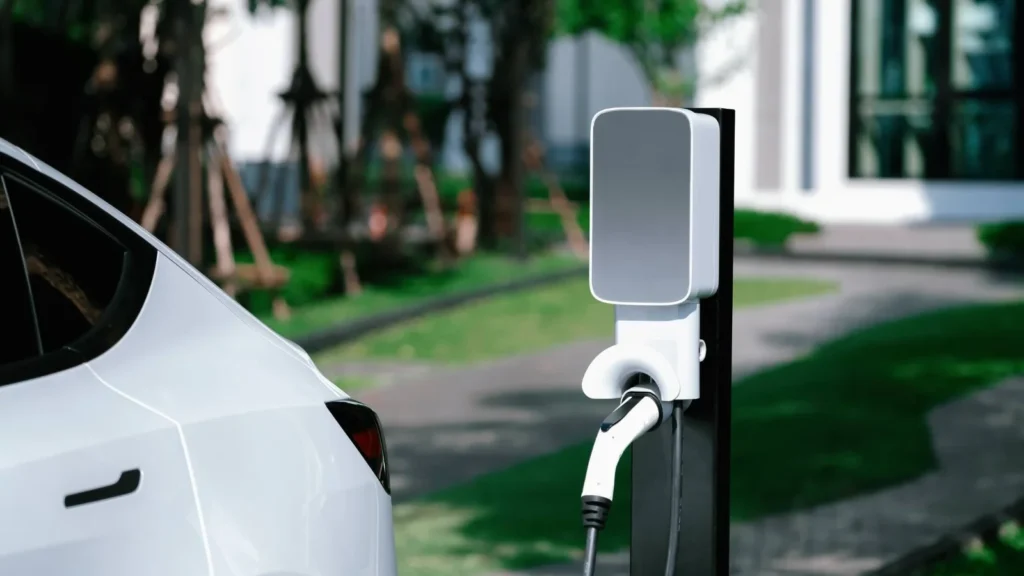The narrative of a fully direct current (DC) powered transportation ecosystem often overlooks the complexities of energy distribution and usage at the consumer level. While DC fast chargers have become the hallmark of high-speed public charging, they are not a one-size-fits-all solution. The majority of electric vehicle (EV) owners still rely on alternating current (AC) chargers at home and in workplaces because these devices better align with the existing grid infrastructure.
Energy grids around the world still deliver power predominantly in AC form, and the conversion to DC typically occurs at the charger itself or within the vehicle. This makes AC chargers more compatible with the current power landscape, reducing the need for costly conversion hardware upstream. The result is a more affordable and accessible charging network for residential and semi-public installations, which remain essential for widespread EV adoption.
Furthermore, DC charging infrastructure demands significant investment in electrical capacity upgrades, which are not yet feasible in many urban and suburban areas. Until the grid undergoes a complete overhaul, which is likely decades away, AC chargers will remain integral to ensuring reliable and distributed charging access for EV drivers.
Delve into related posts crafted to expand your knowledge and insight.
Cost and Infrastructure Considerations
The cost differential between AC and DC charging stations remains one of the most decisive factors in determining the practicality of each technology. AC chargers typically require simpler installation and can leverage existing electrical circuits, minimizing upfront capital expenditures. DC chargers, in contrast, often necessitate specialized transformers, high-capacity cabling, and dedicated power lines, all of which escalate costs for site operators.
For fleet managers and commercial property owners, balancing cost efficiency with charging needs is critical. AC chargers can serve as the backbone for overnight or long-dwell charging scenarios without overburdening operational budgets. These advantages explain why many enterprises deploy AC chargers as a baseline solution while selectively installing DC fast chargers at strategic locations.
Municipalities and utilities are also more inclined to incentivize AC charger deployment because of its lower grid impact. As these chargers consume less instantaneous power, they help maintain grid stability and reduce peak-load stresses. This infrastructure consideration makes AC chargers an essential component of a balanced charging ecosystem.
Energy Efficiency and Grid Synergy
AC chargers not only capitalize on the existing power delivery format but also help distribute energy demand more evenly across the grid. By enabling slower, sustained charging sessions, AC chargers avoid sudden spikes in energy consumption that could strain transformers or local substations. This measured load profile improves overall grid resilience and minimizes the need for extensive grid reinforcements.
When used in tandem with smart-charging software, AC chargers can further optimize energy use by adjusting charging times based on grid conditions or renewable energy availability. These capabilities help utilities integrate more solar and wind power, enabling greener transportation without the volatility associated with peak demand surges.
The synergy between AC chargers and grid flexibility also enhances the economics of energy storage solutions. Homeowners with rooftop solar panels or battery storage systems benefit from AC chargers that align seamlessly with household power management, allowing EVs to charge during off-peak hours or when renewable generation is at its highest.
The Role of AC Chargers in Daily Life
Despite the rapid proliferation of public DC fast-charging stations along highways and urban centers, the majority of EV charging still happens at home or in workplace parking lots. These environments prioritize convenience and cost-effectiveness over speed, which makes AC chargers an ideal fit for everyday needs. For most drivers, an overnight AC charge replenishes their battery sufficiently for typical daily commutes.
Residential AC charging also provides peace of mind by allowing EV owners to consistently start their day with a full battery. This eliminates the need for frequent trips to public DC stations and reduces the wear on vehicle batteries caused by repeated fast charging cycles. Over time, slower AC charging helps preserve battery health, further reinforcing its relevance.
In commercial settings such as office buildings and shopping centers, AC chargers contribute to a more equitable distribution of charging access. Employees and visitors can top up their vehicles gradually throughout the day without monopolizing high-power stations, fostering an inclusive and efficient charging culture.
Technology Innovation and Product Evolution
AC charging technology has advanced far beyond its early, utilitarian roots. What was once a basic overnight power source for early adopters has evolved into a sophisticated system capable of meeting the demands of both everyday drivers and commercial operators. Newer models emphasize not only reliable power delivery but also smarter energy management, modularity, and user-friendly features such as load balancing, automated cord handling, and payment integration.
This shift reflects a broader trend in the EV industry, where innovation is no longer concentrated solely on ultra-fast DC chargers. Some established players have quietly reshaped AC charging into a more robust and adaptable solution. Companies like ChargeTronix have led this transformation by producing modular and robust AC charging systems that cater to diverse applications. Their well-regarded Flux AC Chargers highlight how thoughtful engineering can make AC units more versatile, reliable, and efficient without sacrificing ease of use.
As the industry continues to push for higher efficiency and grid-aware solutions, these kinds of innovations demonstrate that AC chargers are far from being overshadowed by their DC counterparts. Instead, they are becoming smarter, faster, and better aligned with how people actually use and interact with their vehicles, proving that progress in EV charging is as much about refining fundamentals as it is about chasing speed.
Environmental and Sustainability Impacts
One often overlooked aspect of AC chargers is their contribution to sustainability goals. By leveraging existing electrical infrastructure and supporting off-peak charging, AC chargers reduce the need for new grid investments and minimize construction-related environmental impacts. This makes them a more resource-efficient option for widespread deployment.
In addition, the lower instantaneous power draw of AC chargers makes it easier to pair them with renewable energy sources. Solar panels and small-scale wind installations can often supply significant portions of an EV’s daily charging needs when combined with AC systems. This synergy reduces dependence on fossil-fuel-generated grid electricity.
The energy conservation benefits extend to vehicle longevity as well. Since AC charging typically involves lower currents, it generates less heat during charging cycles, which can reduce battery degradation. This prolongs EV life spans, lowering the environmental cost of battery replacements and contributing to the circular economy.
Looking Ahead: A Dual-Path Future
The evolution of EV charging will not follow a singular trajectory, and framing AC and DC as competing technologies oversimplifies the realities of electrified transportation. Instead, a dual-path future is emerging, where both AC and DC chargers play distinct yet complementary roles in a well-rounded charging ecosystem.
AC chargers will continue to dominate residential and long-dwell commercial spaces due to their affordability, grid compatibility, and energy efficiency. Meanwhile, DC fast chargers will remain critical for highway corridors, urban hubs, and fleet depots where rapid charging is indispensable. This division of labor ensures that EV adoption can accelerate without overwhelming the grid or alienating cost-conscious consumers.
The ongoing challenge will be harmonizing these two technologies with evolving grid capabilities and consumer behavior. Policymakers, utilities, and manufacturers must collaborate to ensure that AC and DC chargers coexist seamlessly, enabling EVs to thrive in diverse environments without compromising reliability or sustainability.
Final Thoughts
AC chargers remain a cornerstone of EV infrastructure, balancing cost, convenience, and grid resilience in ways DC fast chargers cannot fully replicate. As technology progresses and energy systems modernize, the continued presence of AC charging solutions will be essential to supporting both the environmental and economic goals of a truly electrified future.
There’s always more to see—explore and discover your next favorite read.






